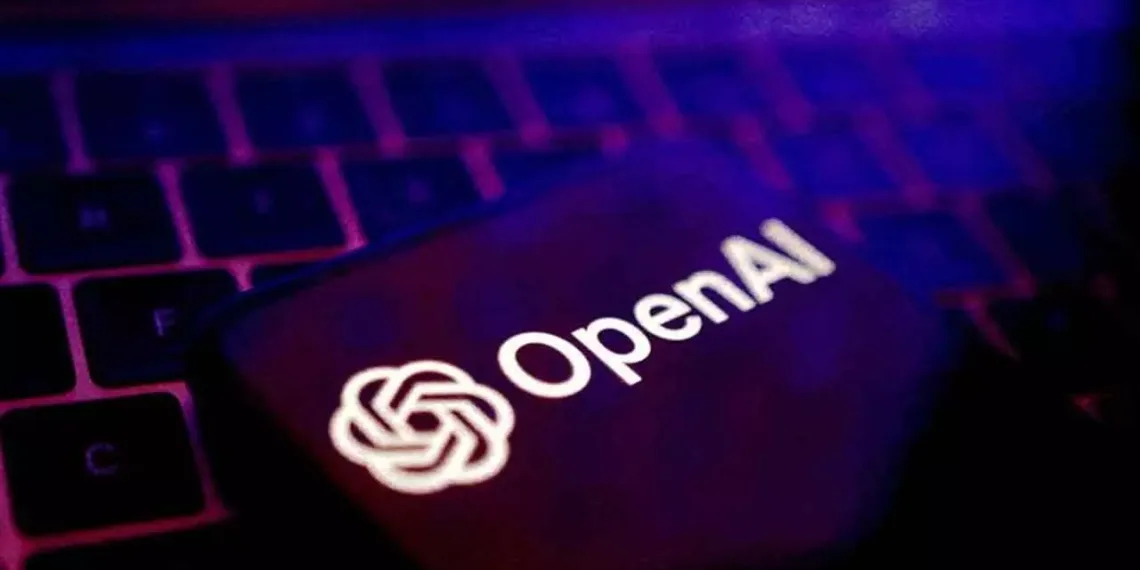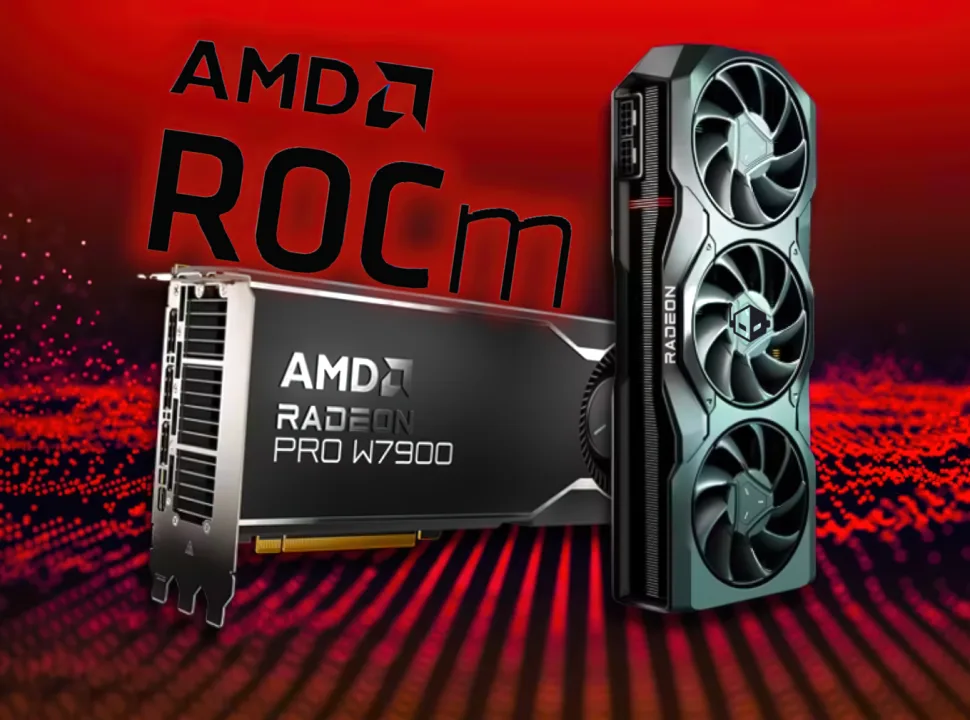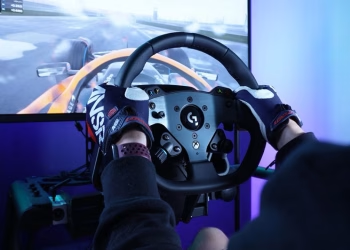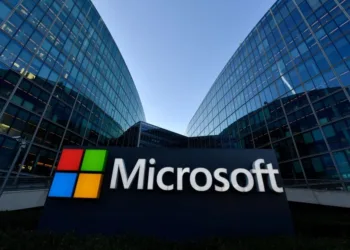The AI chip landscape is experiencing a seismic shift as OpenAI reportedly begins using Google’s Tensor Processing Units (TPUs) instead of relying exclusively on NVIDIA’s GPUs. This strategic move could signal the beginning of the end for NVIDIA’s near-monopoly in the AI hardware market.
Table of Contents
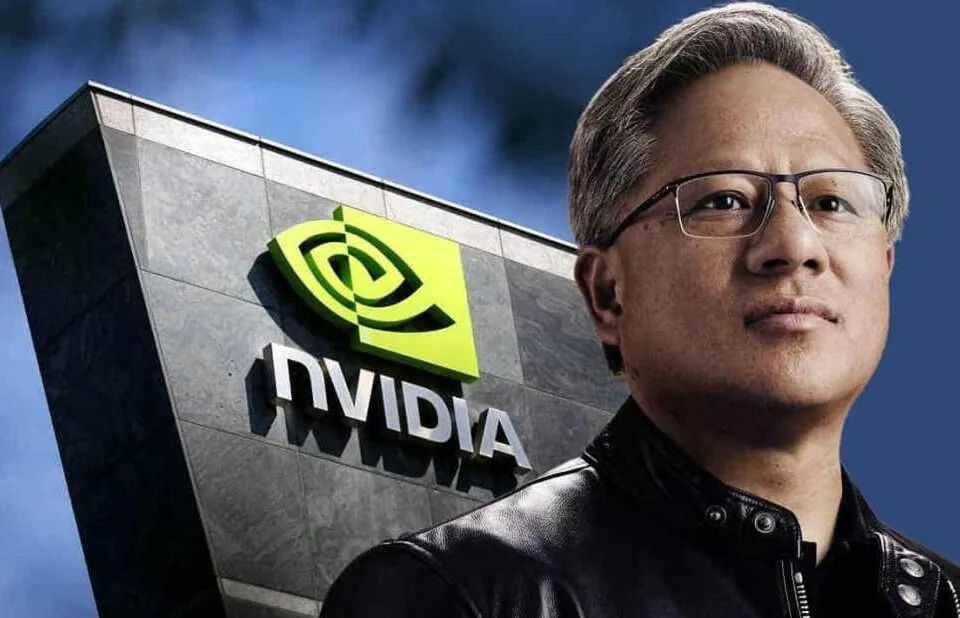
OpenAI’s Hardware Strategy Evolution
| Provider | Chip Type | Previous Usage | Current Status |
|---|---|---|---|
| NVIDIA | H100/A100 GPUs | Primary training & inference | Reduced dependency |
| TPU v5e/v5p | None | New partnership | |
| Microsoft | NVIDIA via Azure | Major partner | Ongoing relationship |
| Oracle | NVIDIA inventory | Growing partnership | Stargate project |
According to The Information’s report, OpenAI is now using Google’s seventh-generation TPUs to power ChatGPT and other AI products, primarily to reduce operational costs amid surging user demand.
Why Google’s TPUs Are Gaining Traction
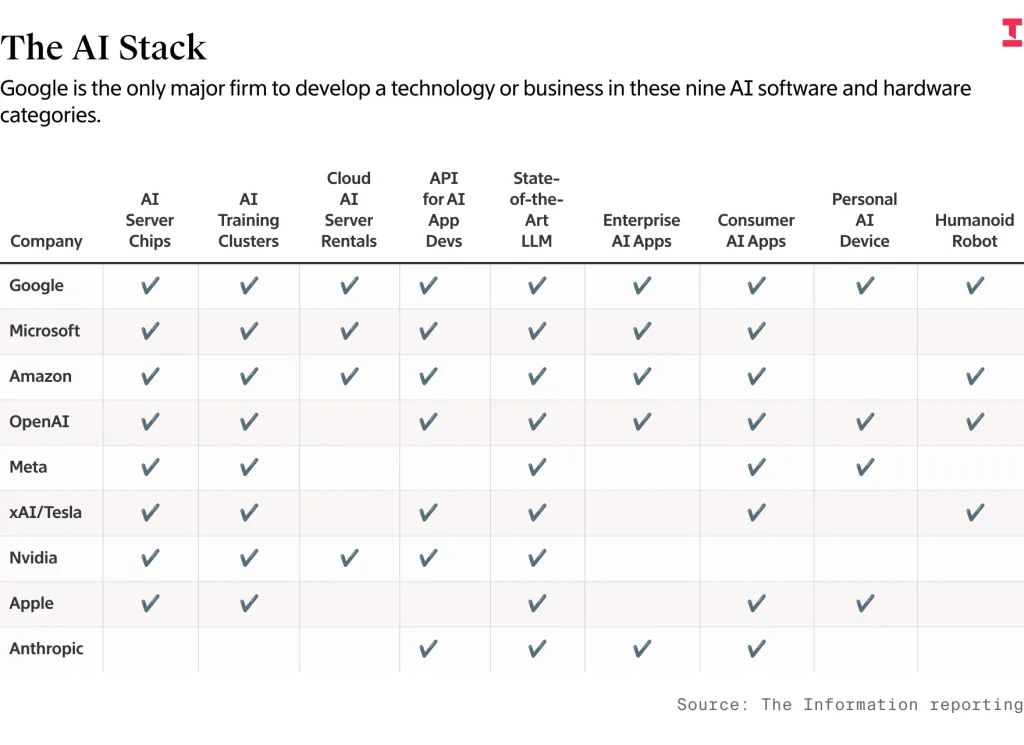
Google’s TPUs offer several compelling advantages over traditional GPU solutions:
- Cost Efficiency: Significantly lower operational expenses compared to NVIDIA’s premium pricing
- Purpose-Built Design: Specifically engineered for AI inference workloads
- Supply Availability: Less constrained than NVIDIA’s high-demand GPUs
- Integrated Ecosystem: Seamless integration with Google Cloud services
The move follows Apple’s earlier decision to use Google’s TPUs for Apple Intelligence training, demonstrating growing industry confidence in Google’s AI hardware.
Market Implications for NVIDIA
This shift poses significant challenges for NVIDIA’s AI dominance:
Immediate Impact: OpenAI’s partnership with Google breaks the exclusive reliance on NVIDIA hardware that has characterized the AI industry.
Long-term Concerns: If Google successfully targets cloud infrastructure providers with TPU offerings, NVIDIA could face widespread market share erosion.
Competitive Pressure: Alternative chip solutions are becoming viable, potentially ending NVIDIA’s pricing power.
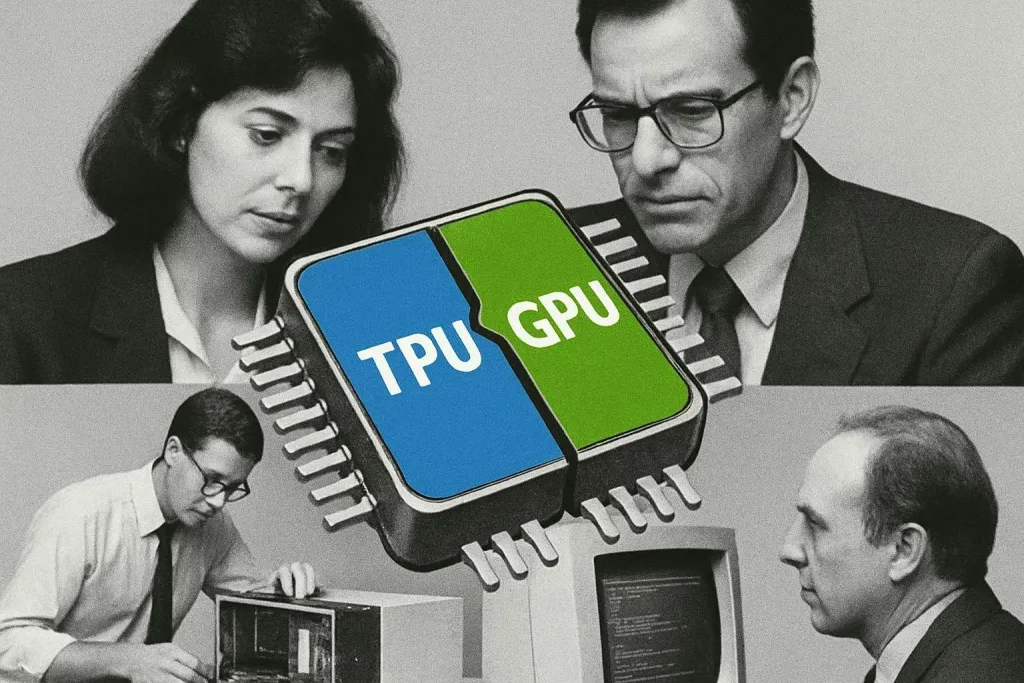
The Broader AI Hardware War
Google’s strategy extends beyond individual partnerships. The company is positioning itself as a comprehensive AI solution provider, offering both hardware (TPUs) and software (Gemini AI) across its ecosystem. This vertical integration approach mirrors successful tech giants like Apple and could provide sustainable competitive advantages.
The timing is particularly significant given NVIDIA’s ongoing supply constraints and premium pricing, which have created openings for competitors to establish footholds in the lucrative AI chip market.
For more analysis on AI hardware trends and market dynamics, explore our latest tech insights and AI industry coverage.
FAQs
Will Google’s TPUs completely replace NVIDIA GPUs for AI companies?
Unlikely completely, but TPUs offer cost-effective alternatives for specific AI workloads like inference.
How does this affect NVIDIA’s stock and market position?
While concerning long-term, NVIDIA remains dominant, but faces increasing competition from specialized AI chips.

